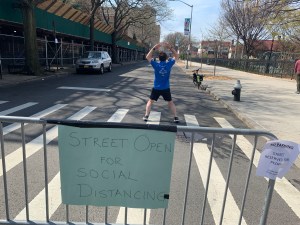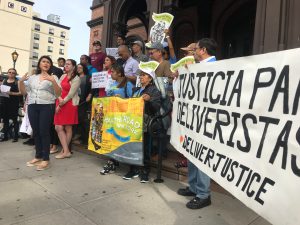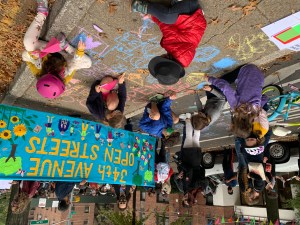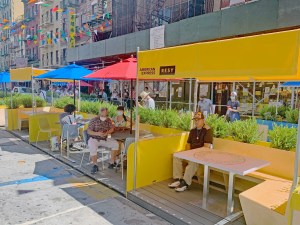Comptroller: Reduce Speed Limits, Cars To Help Frontline Workers
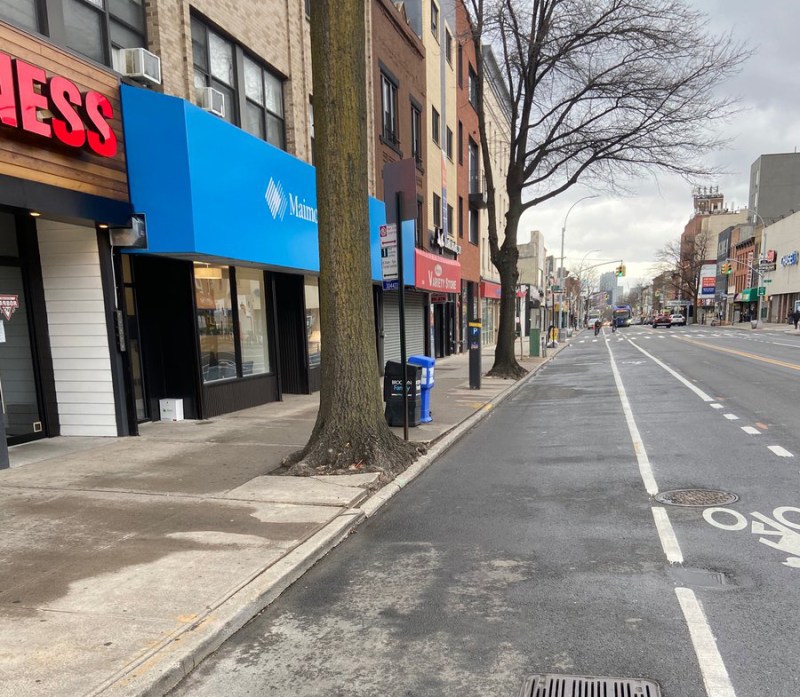

The city must subsidize Citi Bike memberships, lower the speed limit and greatly expand pedestrian space in order to help frontline workers get around safely in an era of social distancing, Comptroller Scott Stinger said on Thursday.
Stringer said he issued his report, New York City’s Frontline Workers, on behalf of grocery store employees, transit workers, childcare providers, cleaning staff, delivery riders and of course hospital workers who are increasingly commuting to their jobs on foot or by bike.
“During this pandemic, if we’re going to help the workers on the frontlines get to work, we have to ensure they have a safe way to travel each day — on bikes and by foot,” Stringer said. “For the health of our workers, it’s time we take decisive action? to expand sidewalk space and open up more streets to bikes and pedestrians across the five boroughs.”
For starters, the city should subsidize Citi Bike’s existing free membership offer (paid for by the corporate owner, Lyft) to every frontline worker who wants it, Stringer said. Beyond that, he suggests that there should also be a subsidy for any frontline worker who wants to buy his or her own bike or e-bike, in coordination with bike manufacturers and and retailers.
Additionally, the city has to move much more aggressively on street openings than the mayor’s underwhelming pilot plan to open a few blocks in four boroughs over the weekend, the comptroller said. For starters, Stringer echoed advocates’ recommendations to pedestrianize redundant highways and turnpikes like the Jackie Robinson and the Mosholu parkways. Stringer also suggested taking one lane on many commercial and residential streets away from cars for use by pedestrians, secured behind “temporary barriers, stanchions, and planters.” The idea was inspired by Stinger’s Chief Policy and Data Officer Adam Forman, who photographed wide open commercial zones in Park Slope and Greenwood Heights, whose space could now be repurposed.
Took a similar stroll. Amazing how many blocks had *zero* parked cars@NYC_DOT should just bump out curb one lane to expand ped/bike space & ensure social distance. Easy, proven, fast (w little need for enforcement & no disruption to utility/ambulance/delivery/sanitation trucks) pic.twitter.com/FFe4V8owxi
— Adam Batlan (@LeoniaBatlan) March 26, 2020
And finally, the city and state have to work together to lower New York City’s speed limit to 15 miles per hour for every non-essential vehicle, Stringer writes.
“Empty streets cannot be an excuse for cars to speed, putting New Yorkers in harm’s way and discouraging biking and walking,” the comptroller wrote in the report. Beyond the danger, reckless driving will lead to pressures on a medical system already being pushed to its limits across the city.
The Stringer proposal is an aggressive move especially when compared to what the city is going to roll out between March 27 and March 30. Observers have panned Mayor de Blasio’s current plan to open just .03 percent of the over 6,000 miles of street space in the city to pedestrians as woefully inadequate. One critic immortalized the upcoming pilot with a devastating illustration:
https://twitter.com/wjfarr/status/1243232257969664001
City Hall declined to comment but the mayor will take questions from the media at 5 p.m.
